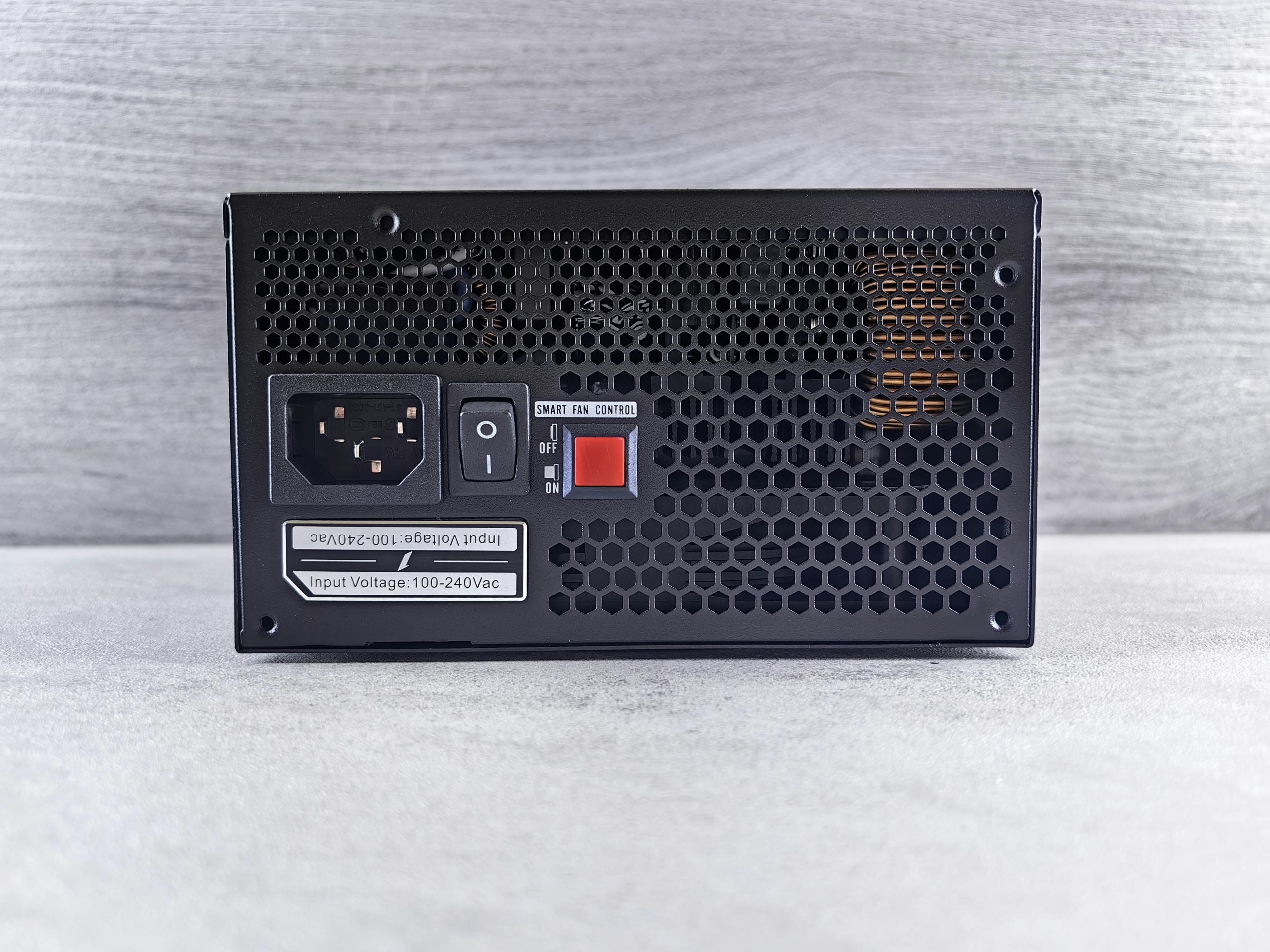Troubleshooting a Six-Year-Old Desktop PC: Intermittent Power Cycles and BIOS Issues
Introduction
Over time, desktops can begin to exhibit unforeseen behaviors due to component aging, firmware issues, or hardware inconsistencies. If your six-year-old PC is turning on, then off unexpectedly, and subsequently restarting into BIOS mode, it’s understandable to feel concerned. This article will guide you through potential causes and effective troubleshooting steps to diagnose and resolve this issue.
Understanding the Problem
Recently, your PC exhibits a peculiar startup pattern: upon pressing the power button, it powers on momentarily, then shuts down, only to restart and load into BIOS. Additionally, during BIOS startup, a message prompts you to switch to RAID mode, even though your system’s SATA configuration does not include RAID.
Given that your CMOS battery has already been replaced and the problem persists, it’s essential to consider other hardware and firmware factors that might contribute to this behavior.
Possible Causes
-
Power Supply Issues: An aging or faulty power supply can cause inconsistent power delivery, leading to unexpected shutdowns and reboots.
-
Hardware Connections and Components: Loose cables, deteriorating RAM modules, or faulty hardware components can trigger startup issues.
-
BIOS/UEFI Settings and Firmware: Corrupted BIOS settings or outdated firmware can cause miscommunication between hardware and firmware.
-
Motherboard or Storage Controller Malfunctions: Problems with the motherboard, SATA ports, or storage controllers might prompt BIOS messages related to RAID, even if RAID isn’t configured.
-
Peripheral Devices: Connected peripherals or external devices might interfere with the boot process.
Step-by-Step Troubleshooting Guide
1. Verify Power Supply and Connections
- Ensure all power cables are securely connected to the motherboard, CPU, and GPU.
- Consider testing your system with a different, known-good power supply if available to rule out power issues.
- Check for any visible damage or bulging capacitors on the motherboard.
2. Reset BIOS Settings
- Perform a BIOS reset by removing the CMOS battery temporarily (if not already replaced) or using the motherboard’s clear CMOS jumper.
- Load default BIOS settings after resetting to eliminate misconfigurations.
3. Update BIOS Firmware
- Visit your motherboard manufacturer’s website to check for the latest BIOS updates.
- Follow the manufacturer’s instructions carefully to update the firmware, which can resolve bugs and improve stability.
4. Inspect Storage Devices and SATA Configuration
- Enter
Share this content:



